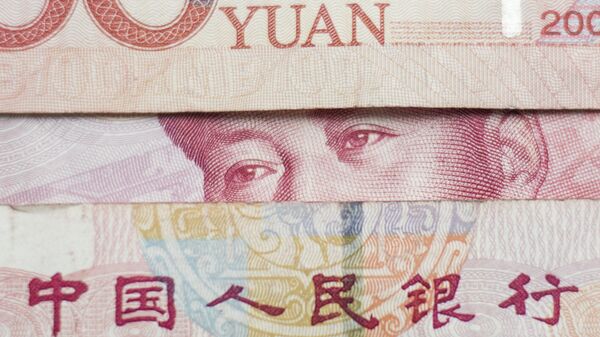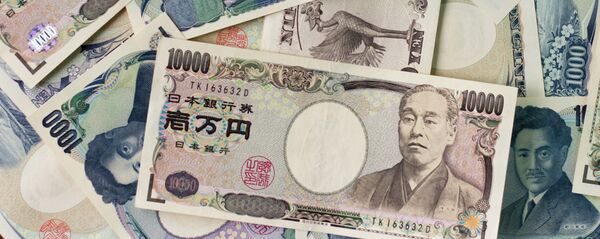The yen’s status as safe haven asset as fiscal stimulus effort have attracted investment capital to Japan, resulting in stronger yen, whilst China, struggling with low factory-gate inflation and weak international demand for manufactured goods, had to decrease its holdings of the US debt.
Japan, now the biggest foreign holder of US Treasury debt, held $1.13 trln worth of US bonds in October, whilst China’s holdings shrank to their six-year lowest at $1.12 trln, according to the data from the US Department of the Treasury. Beijing has been selling US bonds in order to alleviate the downward pressure on the renminbi’s FX rate stemming from lingering economic turmoil. Mainland China uses the dollars obtained from selling the Treasuries to buyback the renminbi, currently at its 8-year lowest in offshore trading.
In October, China sold $41.3 bln worth of Treasury notes, whilst Japan’s portfolio dropped $4.5 bln worth of US bonds. Together, Japan and mainland China are holding some 37 pc of the US debt to international creditors.
"China has been selling dollars to keep the yuan steady while Japan is very happy to let the yen depreciate," Chester Liaw of Forecast Singapore said.
Indeed, Japan is interested in the yen’s hypothetical depreciation as it would support the nation’s exports in manufactured goods. However, the yen’s FX rate is experiencing an upward pressure as explained above, meaning Japan could start purchasing US debt in order to keep the yen subdued, along with other measures aimed to curb the yen’s gains, such as fiscal stimulus and the Bank of Japan’s negative interest rates policies (NIRP).
"China has been consciously cutting its holdings of U.S. Treasuries, to defend the yuan, and it's hard to stop this trend," Zhou Hao of the Singapore branch of Commerzbank said.
Since June 2014, China’s FX reserves declined by 24pc, or $942 bln, to their six-year lowest at $3.052 trln in November this year. Between June 2014 and September 2016, China’s holdings of US Treasuries have declined by $111 bln, or 9.0pc, partly due to the dismal low yields on US debt during that period.
The recent gains in Treasury yields, coupled with a projected acceleration in pace of the Federal Reserve’s hikes in interest rates might halt or slow down the pace of Treasury selloff. However, the fiscal stimulus plan, proposed by the Trump team, might affect the value of the Treasuries, meaning the international sales of Treasury notes are likely to peak out in the coming months, with a renewed interest in buying into the US debt to follow.
Meanwhile, the biggest single holder of the US debt is still the US Federal Reserve, whose portfolio of the US bonds is worth some $2.5 trln. The Fed’s $4-trillion balance sheet has been drawn much criticism from the central bank’s policymakers, yet, foreign entities are still finding it hard to compete with the Federal Reserve’s purchasing power when it comes to the competitive market of the positive-yielding, low default-risk US bonds.




